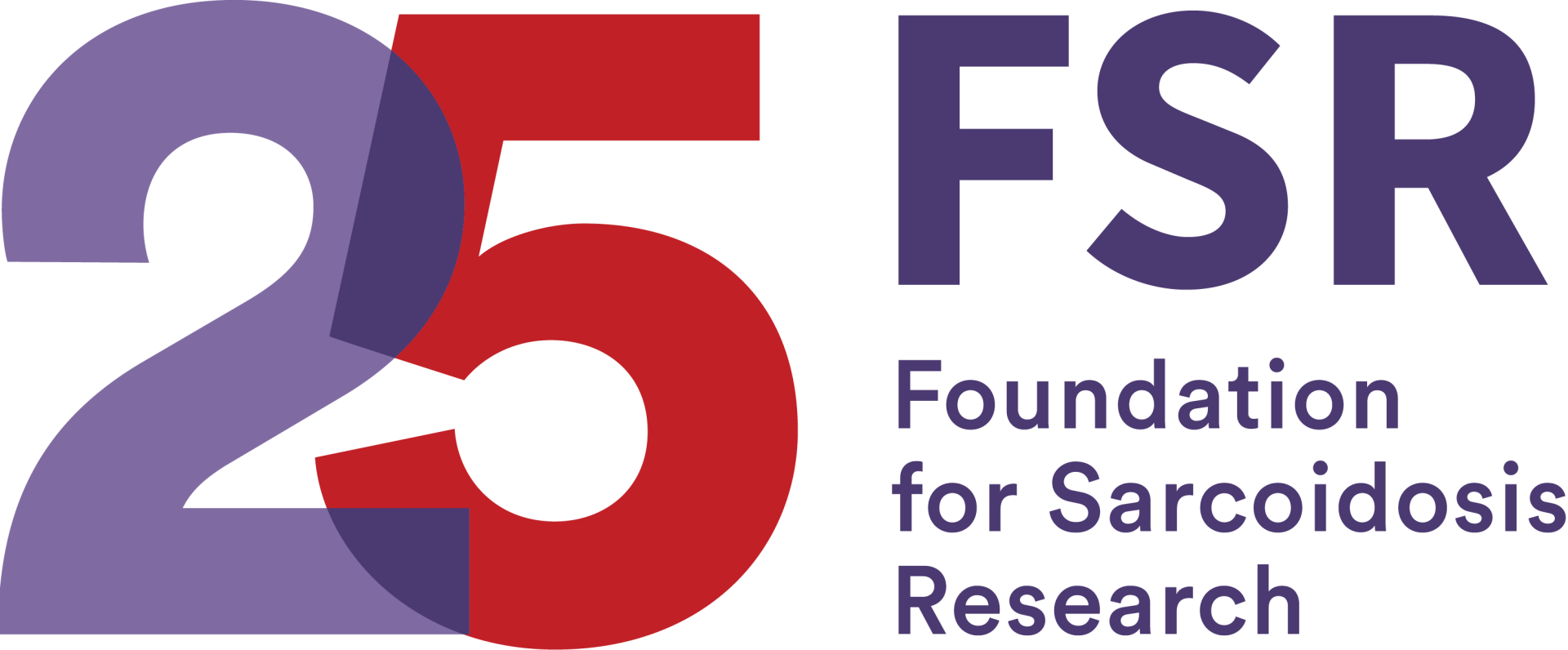It seems like every week there is a new diet that claims to be the healthiest way to eat. For people with chronic illness it’s important to take care of your body and make sure that you are eating in a way that reduces symptoms. Because sarcoidosis patients deal with a disease that affects so many parts of the body, creating a diet plan that works for every one is difficult. What many people with sarcoidosis can do, in addition to considering an anti-inflammatory diet, is adopt healthy eating habits that are good for your heart and lungs since they are commonly affected.
Lung Health
Since 90% or more of sarcoidosis patients have lung involvement, it is important to eat foods that will not cause more complications. The main concerns of patients with compromised lungs are shortness of breath while eating and dry mouth.
To address a feeling of breathlessness while eating, try eating softer, moist foods that are easier to swallow and chew. You can also eat liquids that have more nutrients like milk, smoothies, juice or soup. If you find that you have a hard time breathing after a large meal, try eating smaller meals and snacks throughout the day. Most importantly, take time to eat. Rushing through meals can limit your air intake and make you feel out of breath quicker.
If you mouth is dry while eating there could be a few different causes such as breathing through your mouth, taking inhaled medications or using oxygen. The easiest way to address this is to make sure you are drinking the recommended six to eight cups of fluids a day. You can also try eating frozen grapes, pineapple or oranges to increase saliva production.
Heart Health
For the 10-25% of people with cardiac sarcoidosis, maintaining a heart healthy diet is critical. The National Heart, Lung and Blood Institute (NHLBI) has a broad set of guidelines for a heart healthy diet that focuses on eating fruits, veggies and whole grains, as well as low or fat-free dairy products with lean protein sources. Also recommended is limiting the amount of sodium, saturated/trans-fats, added sugars and alcohol.
Even those these guidelines may seem straight forward, meal planning with restrictions can be difficult. Below we have included an example menu to give you inspiration for your heart healthy meals. NHLBI also recommends looking into DASH (Dietary Approaches to Stop Hypertension) meal plans to help lower blood pressure and bad LDL cholesterol in the blood.
Breakfast:
- 1 cup of old-fashioned oatmeal with 1 tsp of cinnamon
- One piece of whole-wheat toast with 1 tsp of trans fat-free margarine
- A banana
- One cup of milk
Snack:
- One cup of light yogurt with a peach
Lunch:
- Tuna salad made with:
- ½ cup of drained, unsalted tuna
- 3 oz and 2 tbs of light mayo
- 15 grapes
- ¼ cup diced celery
- Served on 2 ½ cups of romaine lettuce
- 8 toast crackers
- One cup of milk
Dinner:
- Beef and vegetable kebabs with:
- 3 oz of beef
- 1 cup of peppers, onions, mushrooms and cherry tomatoes
- 1 cup of cooked wild rice
- 1/3 cup pecans
- 1 cup pineapple
- A cran-raspberry spritzer made with:
- 4 oz cran-raspberry juice
- 4-8 oz sparkling water
